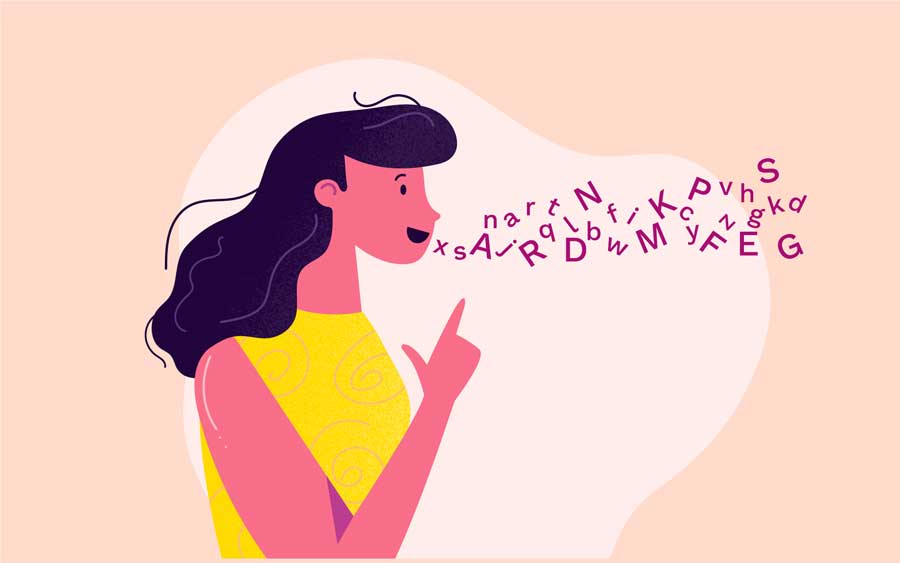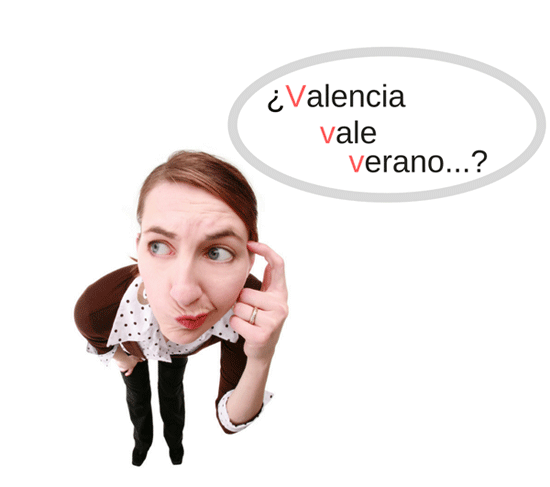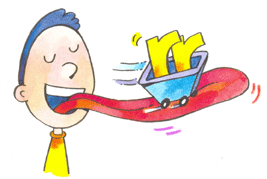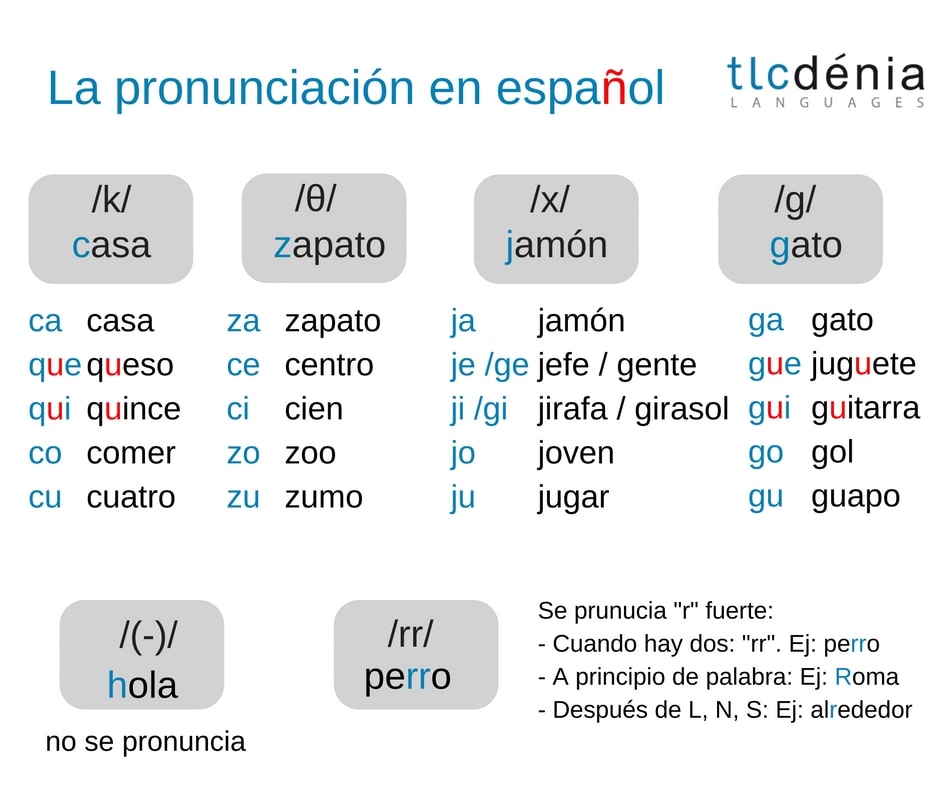
Pronunciation in Spanish: pronunciation keys
- Categories SPANISH GRAMMAR
- Date 29 May, 2017
The pronunciation in Spanish is easy in comparison with other languages. Normally, you pronounce the words the way you write them, but there are also exceptions to the rule.
For good pronunciation we recommend you listen to the language whenever possible: watch movies and videos on YouTube in Spanish, listen to audio books in Spanish, etc. Even better, if you have the chance, learn Spanish in Spain.
For a better understanding, we have listed some pronunciation keys below:
Do not forget to check our tips to learn Spanish!
SPANISH PRONUNCIATION KEYS
The phoneme Z [θ]
The C [k] is pronounced in case of CA (casa), QUE (queso), QUI (quince), CO (comer), CU (cuatro)
The Z [θ] is pronounced in case of ZA (zapato), CE (centro), CI (ciento), ZO (zoo), ZU (zumo)

The phonemes C / S
It’s very common for our spanish students to replace the phonemes of CE and CI with “S“. To say, for example, “servesa” instead of “cerveza”. In reality, the “seseo” (to pronounce the s instead of z or c before i and e) is very popular in parts of Andalusia, in the Canary islands and in Latin America.
It doesn’t matter if you say “s” instead of “C”, as the majority of the native spanish speakers pronounce it like that, but while writing remember to write the “c” and not the “s”.

V and B are pronounced the same
Unlike in other languages the pronounciation of V and B in Spanish is the same. For example: Valencia / Barcelona.

The J and the G
The phoneme [X] “jamon” is different from the phoneme [g] “gato”.
GE and GI are pronounced as [X]. For example: “gente”, “girasol”
The phoneme [X]: JA (jamón), JE / GE (jefe / gente), JI / GI (jirafa / girasol), JO (joven), JU (jugar)
The phoneme [g]: GA (gato), GUE (juguete), GUI (guitarra), GO (gol), GU (guapo)

The H is not spelled
Sometimes you have to remember that in Spanish the letter “H” is not written. It’s important to remember which words do have the letter “H” and which do not. There are several rules you can learn but it would be best and more natural to learn these words one by one after reading them for the first time.

The r and the voiced r
The alveolar tap [ɾ]: “pero” (Conjunction)
The alveolar trill [r]: “perro” (animal)
The trill can occur:
– in case of two “rr”. Example: “perro”
– word-initially. Example: “Roma”
– after L, N and S. Example: “alrededor”

If you remember these pronounciation keys, it will be no problem at all to learn the language. Don’t be afraid of making mistakes, they will help you to practice and learn.
Download here a scheme of the pronounciation in spanish:

If you need to practice you can learn Spanish in Spain at TLCdénia school learn Spanish online from your country!
Are there any difficult words to pronounce for you?
You may also like

Common mistakes in Spanish

How to use “ser” and “estar” in Spanish
Leave A Reply Cancel reply
You must be logged in to post a comment.

Una guía súper completa para todos los que quieren mejorar el espanol por su cuenta, con todas las letras que suelen causar más problemas. Lectura obligatoria! Y genial el dibujo del perro riéndose como los españoles, con J.
Gracias por tu comentario, Blanca. Sí, es muy gracioso 😉